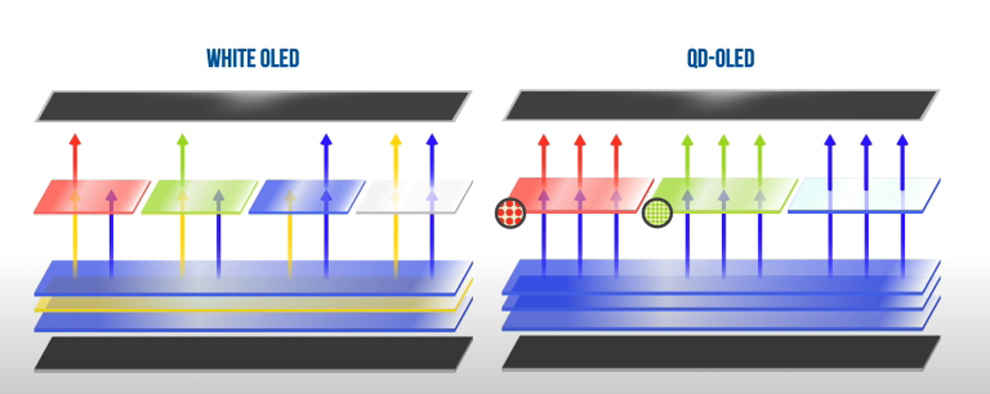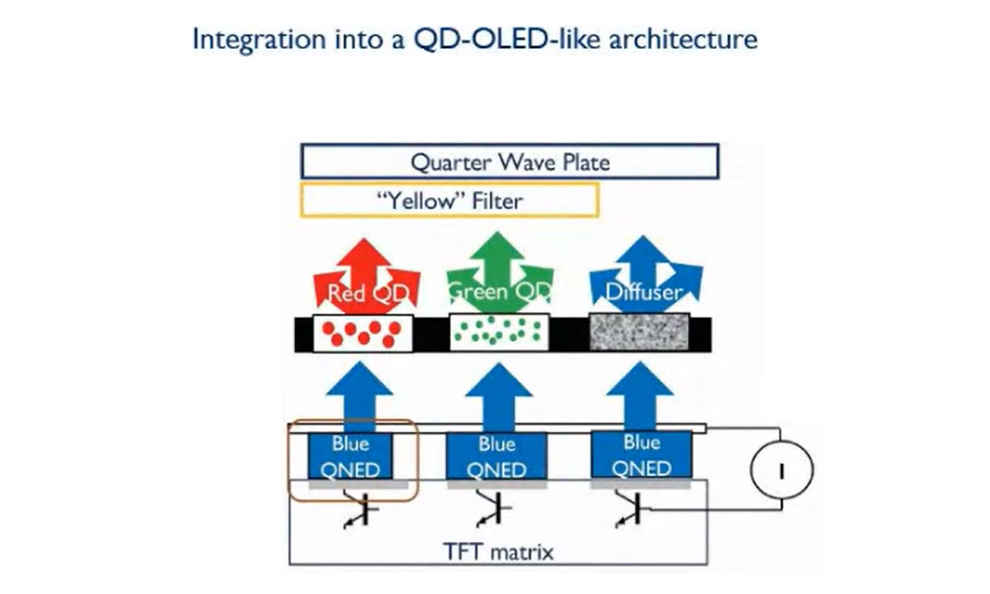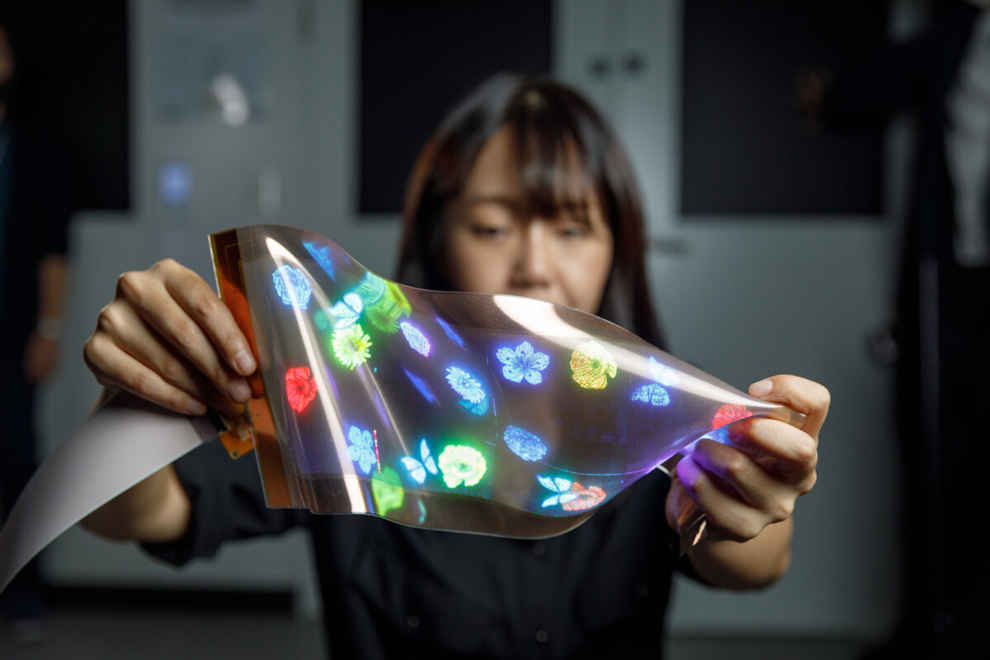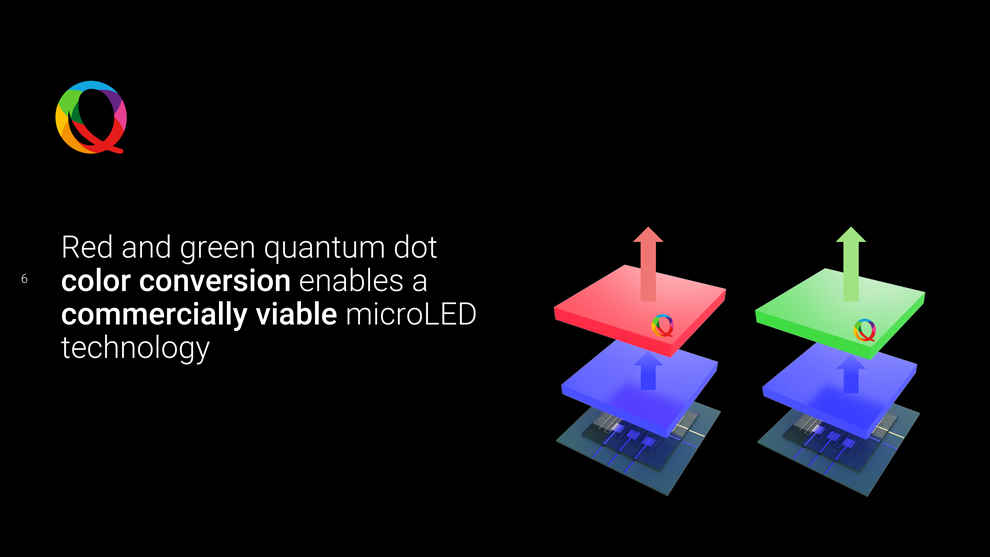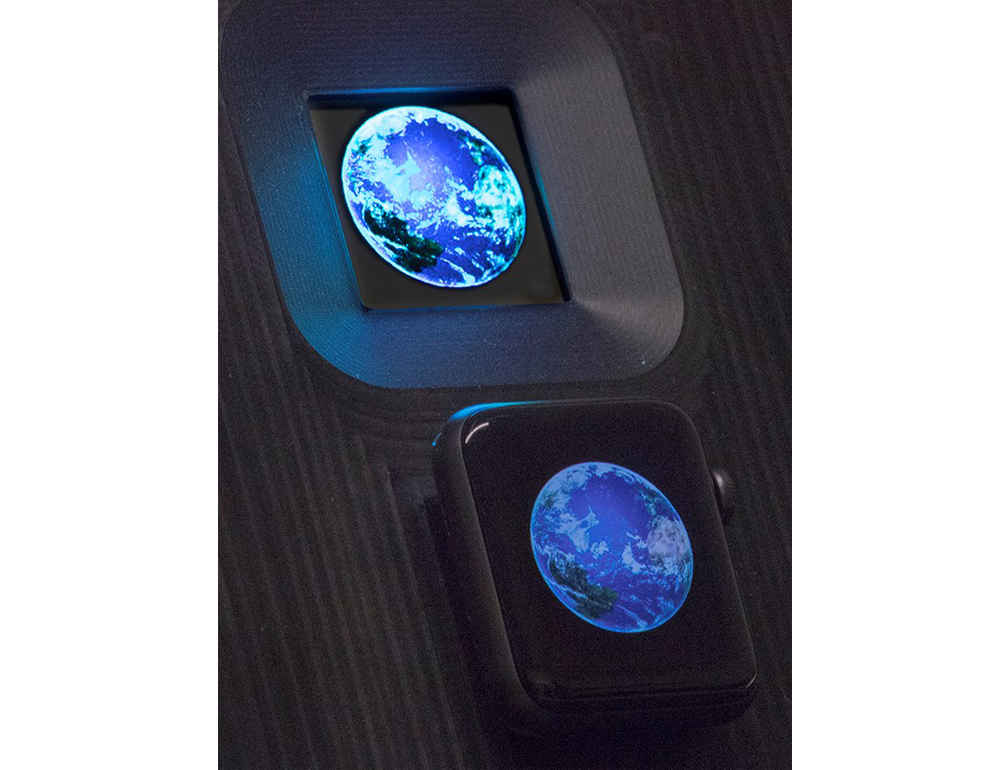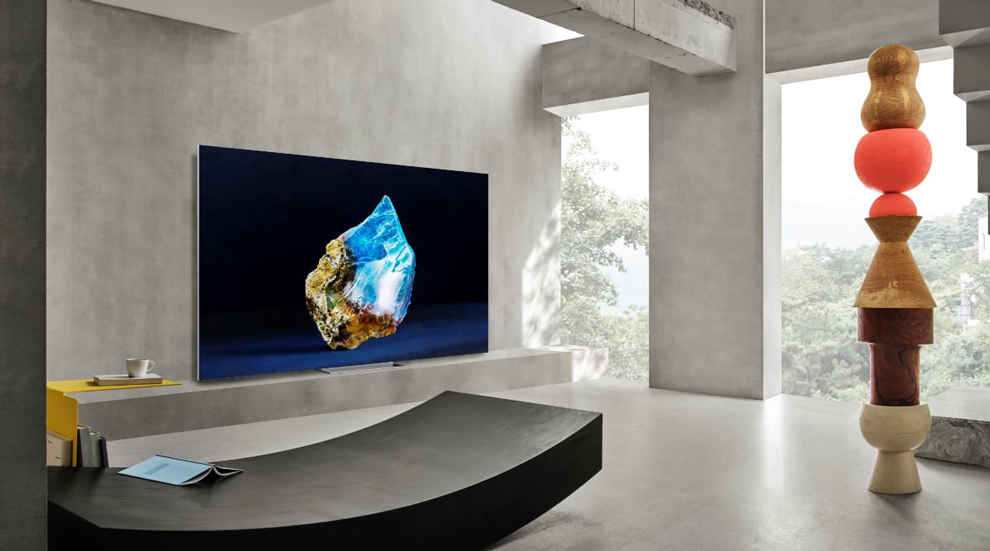MicroLED vs Mini LED vs OLED Displays: What’s the difference?
MicroLED display technology is very promising. These displays combine the advantages of OLED and LCD displays.
Industry leaders including Sony, Samsung, LG and Apple are developing microLED display technology.
Here's everything that you need to know about microLED displays and how they compare against other display technologies.
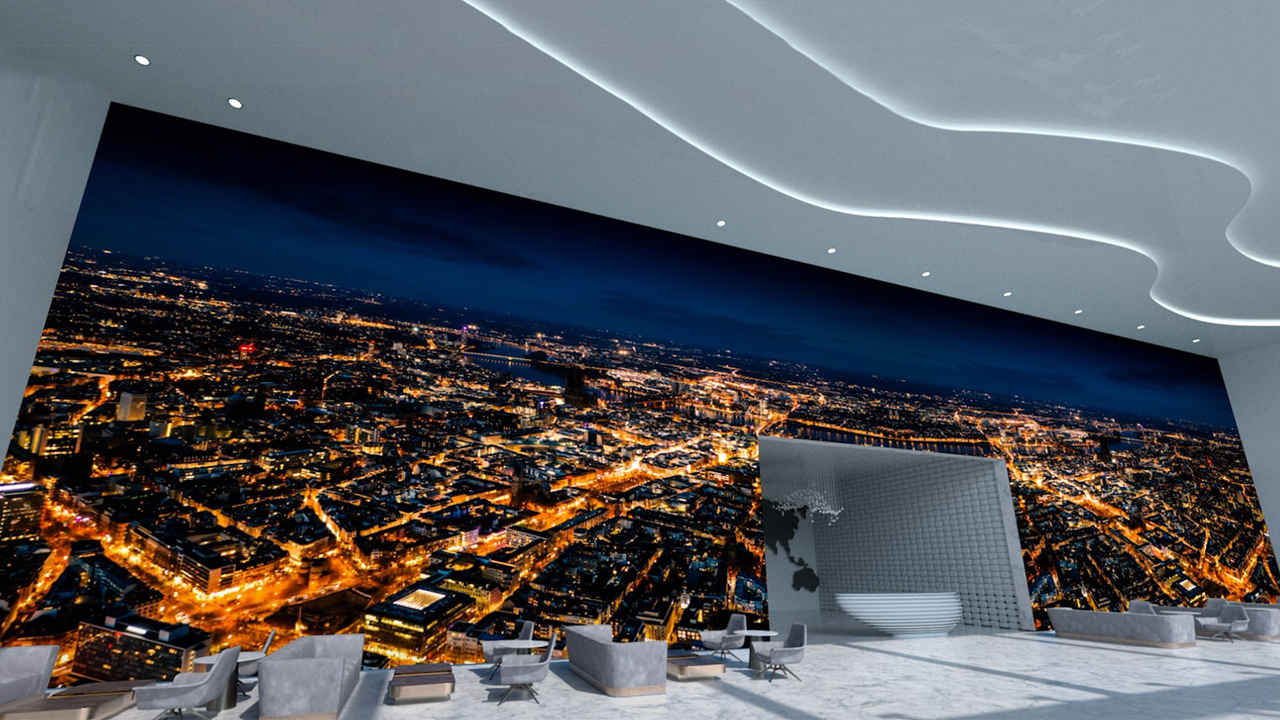
MicroLED displays have emerged as a highly promising future technology. These displays offer all the advantages of OLED panels, such as high contrast and wide viewing angles, but can achieve even brighter displays without the risk of burn-in. They are characterized by longer lifespans and lower power consumption. All major TV brands have showcased MicroLED TVs, which are notably expensive. At CES 2023, Samsung showcased microLED TVs in various sizes, starting at 50 inches, making the technology more mainstream. Additionally, Apple is reportedly working on bringing a disruptive MicroLED display to the Apple Watch in 2024.
 Survey
SurveySo, is MicroLED technology something you should look forward to? How do MicroLED displays compare to OLEDs, QD-OLEDs or mini LED TVs? Let's explore and answer these questions below!
What is a MicroLED display? How is it different from an OLED or QD-OLED display?
The fundamental theoretical difference between an OLED and MicroLED display lies in the type of emitter used for each subpixel. OLED displays employ an organic LED emitter, while MicroLED panels utilize an inorganic emitter known for its stability. The organic emitter in OLEDs is susceptible to decay, leading to issues such as burn-in and diminished luminance over time. In contrast, inorganic LEDs do not suffer from these drawbacks.
Both MicroLED and OLED displays are self-emissive, meaning that each subpixel acts as an individual light source that can be independently controlled. In contrast, LCD-based displays rely on a backlight, which can be categorized as LED, mini LED, or QLED. This backlight emits white light, which then passes through LCD pixels (acting as tiny switches) and a colour filter.
MicroLED vs OLED vs QD-OLED
A colour filter is also present on most modern OLED TVs. Manufacturing a true RGB OLED or an OLED display with separate red, green and blue subpixels (as on our smartphones) is very challenging for a TV-size screen. The workaround is that all self-lit pixels in OLED TVs emit only white light. The blue, green, and red colours for subpixels are obtained by passing the light through a colour filter layer added towards the user-facing side.
When white light passes through a colour filter, there is a loss in intensity. For instance, the red sub-pixel with a red colour filter will block blue and green and only pass one component – red light. To counter the resulting loss in quantum efficiency and to improve luminance capability, a white pixel is also added, resulting in a White, Red, Green, Blue (WRGB) subpixel pattern. That’s also why the OLED panels used in almost all TVs from LG and Sony are referred to as White OLEDs. Adding a white pixel is not an ideal solution as it limits the display's ability to reproduce a wide gamut of bright colours.
Source: Nanosys
The loss of quantum efficiency due to the use of colour filters and the loss of colour volume due to the white sub-pixel are addressed by QD-OLED displays used on TVs like Sony A95K and Samsung S95B. In QD-OLED TVs, all organic LEDs emit blue light, and instead of the colour filter, a Quantum Dot Color Conversion film is used in front of them. Quantum converters convert blue light to red and green without any loss in efficiency. So, the resulting display is almost as good as a true RGB OLED found on modern smartphones.
Mirco LED displays have self-emissive red, blue and green sub-pixels and don’t require a colour filter. Basically, by replacing the organic LED with in-organic LED, these TVs offer the best of both worlds. They promise OLED-level contrast and dynamic range while mitigating longevity concerns associated with OLED technology (particularly when it is driven too hard).
It is not uncommon for microLED prototype displays to advertise up to 10 times more brightness compared to the best OLED panels, all while being significantly more power-efficient.
Source: Yole Développement
Many manufacturers are also working on MicroLED displays similar to QD-OLEDs, where all MicroLEDs emit blue light, and color conversion is achieved using Quantum Dot Color Conversion films. Such panels are easier to fabricate compared to panels with separate blue, red, and green LEDs.
Advantages of MicroLEDs over OLED displays
source: LG Displays
As mentioned above, MicroLED displays are self-emissive like OLED displays and therefore retain all benefits of OLEDs such as wide-viewing angle, high contrast, and fast pixel response time. Furthermore, there are additional advantages of MicroLED displays:
- MicroLED displays can get significantly brighter than OLED displays since the LEDs can be driven harder without any risk of burn-in. This makes them highly attractive for use in AR and VR devices that require bright displays to replicate a realistic experience.
- MicroLED displays also consume less power than OLEDs, which makes them good contenders for use in wearables such as smartwatches.
- It is also possible to manufacture flexible MicroLED displays. These can be attached to clothing and even used for wearable patches that adhere to the skin.
- MicroLED displays are also more rugged and can operate in a wider range of temperatures than OLEDs. This attribute makes them well-suited for use in automobiles. In fact, the adoption across the automotive sector is expected to be a major driving factor.
- Due to their rugged nature, microLED displays do not require encapsulation techniques like OLEDs, allowing for the creation of edgeless modules. A number of these modules can be tiled together to make very large displays. This is a major advantage over LCD and OLED screens.
- It is possible to integrate sensors like a fingerprint reader or temperature sensor on the front plane while fabricating MicroLED displays.
Challenges with MicroLED display
OLED TVs can be manufactured by directly depositing organic material onto the backplane, which consists of an array of transistors and switches that drive each pixel. However, this is not possible for MicroLEDs.
MicroLEDs have to be manufactured like semiconductors on wafers and then these MicroLEDs have to be picked and transferred to the TFT backplane that includes the array of driving circuits for the pixels. This is a very complex process and for MicroLED panels to be feasible, it has to be accomplished within a matter of minutes.
Source: Qustomdot
Due to the complexity of the transferring process, it can be more cost-effective to transfer all blue MicroLEDs to the backplane instead of transferring red, green, and blue MicroLEDs, and then achieve colour conversion using a Quantum Dot layer, as is done in QD-OLED displays.
The complexity of the transferring process is also why MicroLED displays are exceptionally expensive and typically do not exceed 4K resolution.
Currently, most MicroLED displays are in the concept and prototype stages, and there are several challenges involved in bringing this technology to consumers. For example, due to limitations in the manufacturing process, the brightness of MicroLEDs decreases as their size becomes smaller. Other challenges include reducing high production costs, managing yield and defects, and difficulties in scaling production. It will take some time before MicroLED displays become mainstream in consumer devices.
Also Read: QD-OLED vs OLED Ex vs OLED WBE vs OLED WBC TV panels: What’s the difference?
What’s the difference between MicroLED and a mini LED display?
To put it straight: MicroLED displays are self-emissive whereas mini LED displays are not and function like regular LED LCD displays.
LEDs have been utilized in TVs for many years, and over time, their sizes have gradually reduced. With MicroLED technology, these LEDs transition from being part of the backlight to becoming individual sub-pixels themselves.
In Mini LED displays, these LEDs are small but not quite pixel-level small. Mini LED TVs use mini LED zones in the backlight. Mini LEDs are here a part of the backlight and the light from one mini LED is shared by more than one pixel.
Occasionally, the marketing teams of TV manufacturers may become overzealous and label their mini LED TVs as MicroLEDs. However, as per the preferred industry standard, the size of these LEDs must be less than 100 micrometers for them to be classified as MicroLEDs.
Apple’s approach to MicroLED display technology
glō’s microLED display next to an Apple Watch | Source: glō
Apple acquired MicroLED startup Luxvue in 2014, and since then, there has been significant interest from major players in the technology.
Apple's approach to MicroLED technology is highly disruptive. The company is working on replacing the conventional TFT backplane, which consists of complex electronic circuits that control and drive all the pixels, with micro IC drivers. These ICs can be directly assembled on the front plane and drive a group of pixels and sensors.
By eliminating the need for conventional TFT driving backplanes, Apple can reduce its reliance on large display manufacturers. It is expected that the Apple Watch with a MicroLED display will be introduced in 2024.
According to a white paper published by MicroLED Industry Association, the target cost estimation for microLED displays should be more than double the LTPO OLED displays that are used in premium smartwatches today. According to the paper, it is likely that manufacturers will be able to bring the cost down and make microLED feasible for watches in late 2023.
Top MicroLED Displays you can buy
The options for MicroLED TVs are currently quite limited. During CES 2023, Samsung showcased a range of sizes, including 50-inch, 63-inch, 76-inch, 89-inch, and 140-inch MicroLED TVs, but it is not clear when (if ever) these will be available for cosumers. However, at present, there are only a few options available, primarily targeting the commercial market.
- Samsung Wall (2022)
- Lg Magnit
- Sony Crystal LED
For more technology news, product reviews, sci-tech features and updates, keep reading Digit.in or head to our Google News page.
Deepak Singh
Deepak is Editor at Digit. He is passionate about technology and has been keeping an eye on emerging technology trends for nearly a decade. When he is not working, he likes to read and to spend quality time with his family. View Full Profile

